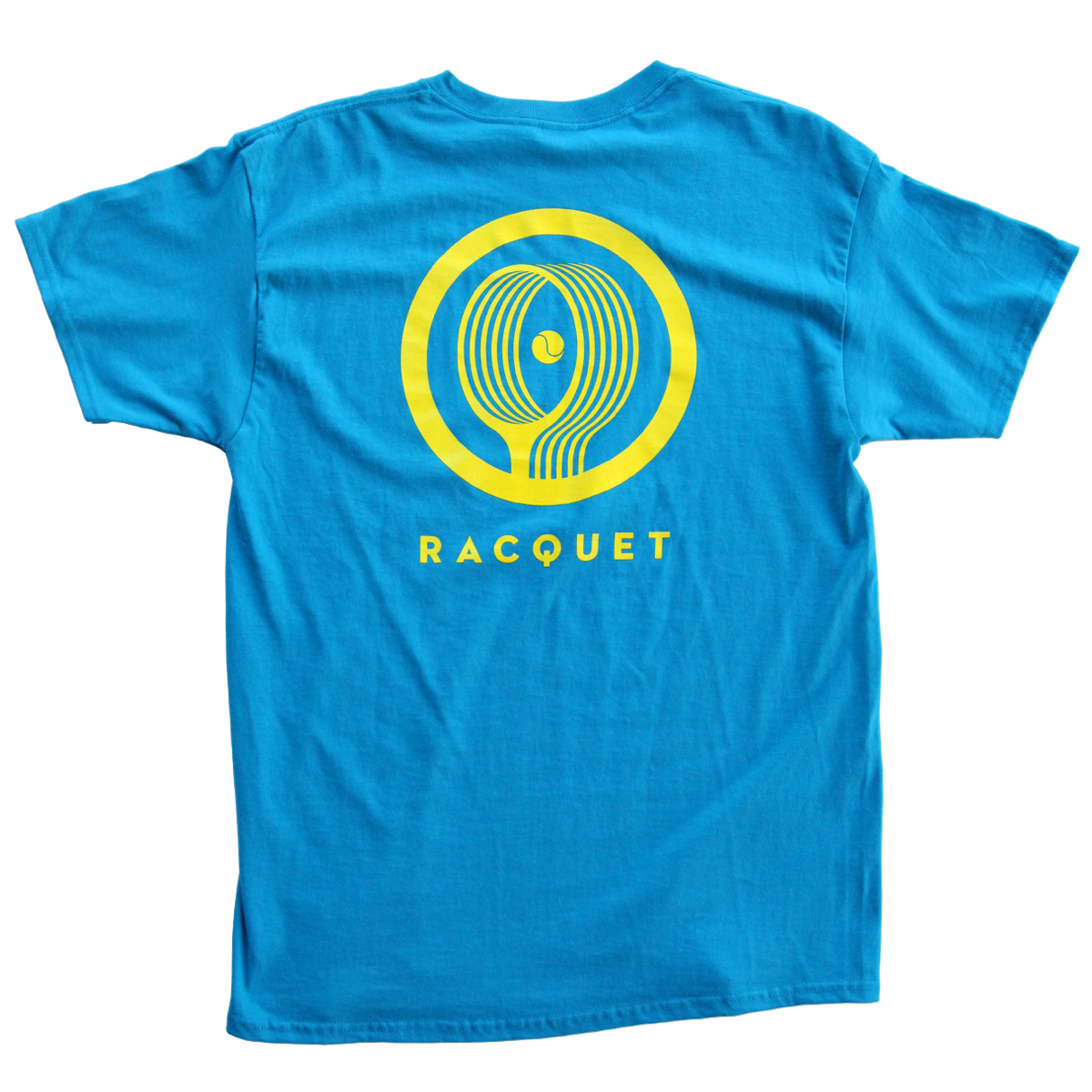By Giri Nathan
Flashback to 2018, Indian Wells. Two 20-year-old women swept away the rest of the field to meet in the final. One of them won that match easily, gave the greatest acceptance speech in the history of competitive contests, and went on to four majors and historic riches. The other one is Daria Kasatkina. Given their ages and the sheer talent radiating from both players at the time, it would’ve been hard to imagine their trajectories diverging so sharply. But the full span of a career is hard to project, which means every teen prodigy, every Coco Gauff and Carlos Alcaraz Garfia, should come with tempered expectations. Motivations falter. Opponents catch on. And some downswings just stay down. Naomi Osaka kept winning and Daria Kasatkina forgot how.
It wasn’t just that Kasatkina was good—she was a delight to watch, which got me instantly invested in her success. Old-school Mario Tennis aficionados will recognize her as a player of the “Tricky” archetype, with soft hands that could toggle from moon ball to stinging slice to flat drive without warning. I am a sucker for a play style that steadfastly refuses to repeat itself from point to point and that translates across all court surfaces. After that second-place finish at Indian Wells, Kasatkina thrived throughout the 2018 season, making quarterfinals at Roland-Garros and Wimbledon, winning a title in Moscow, rising to No. 10 in the world, and ending with a 42–24 record. Good stuff.
Then came two years of tumbling. In the 2019 season she split with her coach, went 12–21, including 1–4 in Slams, and ended at No. 70 in the world after dropping all the points from last season’s successes. Then in 2020 it was back to the slog of qualifying rounds. She went 1–10 against all top 50 players. Whatever was off was still off. She ended even lower, at No. 75 in the world, her lowest mark in five years. (Here’s some bizarre esoterica for the close viewer: Kasatkina has played Madison Keys four times in 2018–2020, and lost all of them to get to a career 0–7 matchup, with only one set to her credit. One key to her future success might just be flying wherever Keys isn’t.)
Perhaps 2021 brings the reversal of grim trends. Kasatkina lost in the second round of the Australian Open after a close match with Aryna Sabalenka, which was one of the very few times in recent years that she’d gotten to play, let alone look competitive against, a top 10 player. The next week she entered the Phillip Island Trophy, an event to scoop up any early-round exits who were still stuck in Australia and eager to play more tennis to justify the quarantine. Kasatkina claimed the trophy with four straight wins over top 50 players and hopped up to No. 57 in the world. It’ll be a longer slog back into the top 10, where she probably belongs, but this is the end of a yearslong drought—not just of titles but of meaningful consecutive wins.
After the match, Kasatkina reeled off several vivid metaphors for her recent struggles and their eventual conquest. “Mentally I was having problems, like I was not confident in myself. I was losing match and everything was just going like a snowball all together,” she said of her dysfunctional last few seasons and coaching split. But winning this title offered a long-awaited sense of relief: “I felt like one big backpack with the stones get out from my shoulders. The feeling was just great.” Kasatkina said she had been working closely with a sports psychologist for the past year, and recommended the same for any young player. Asked what she had learned: “I learn a lot. But the main thing was that I learn your confidence shouldn’t depend on your results. It doesn’t matter if you win or lose, it doesn’t have to break your inside child,” she said. “I think this is very important because this is true.” I see no lies, Dasha.
Above: Daria Kasatkina hits a backhand in the Phillip Island Trophy final. (Getty)
Melbourne Parq Tee
Racquet represents on public courts, not country clubs. Our limited-edition tee pays homage to the Australian Open with its riff on the New York City Parks Department logo, with a new twist.



